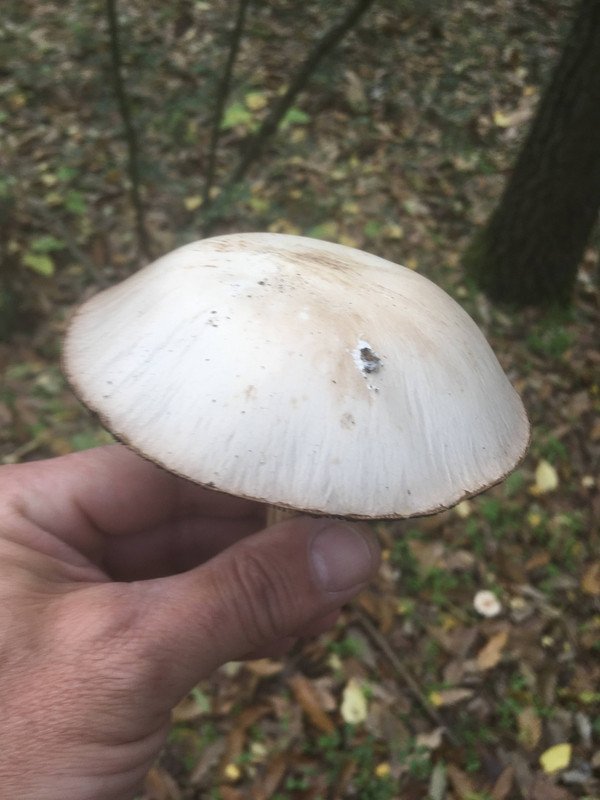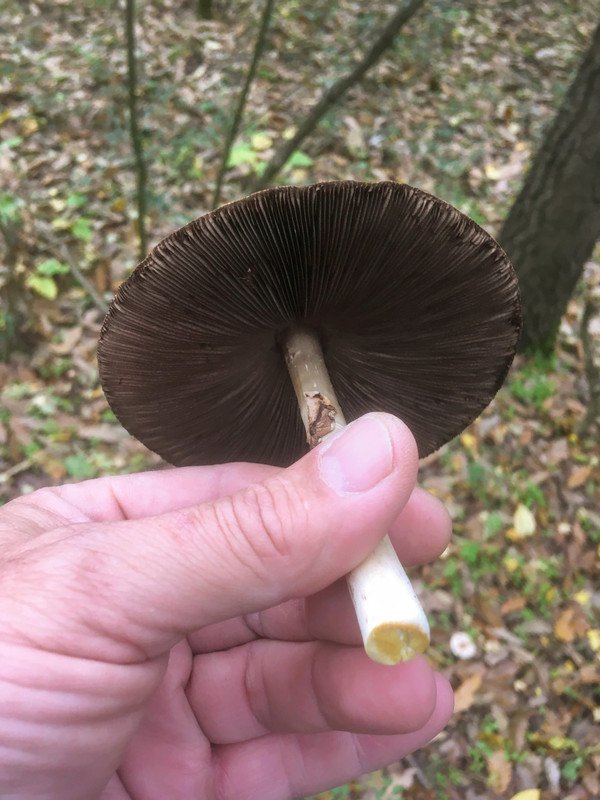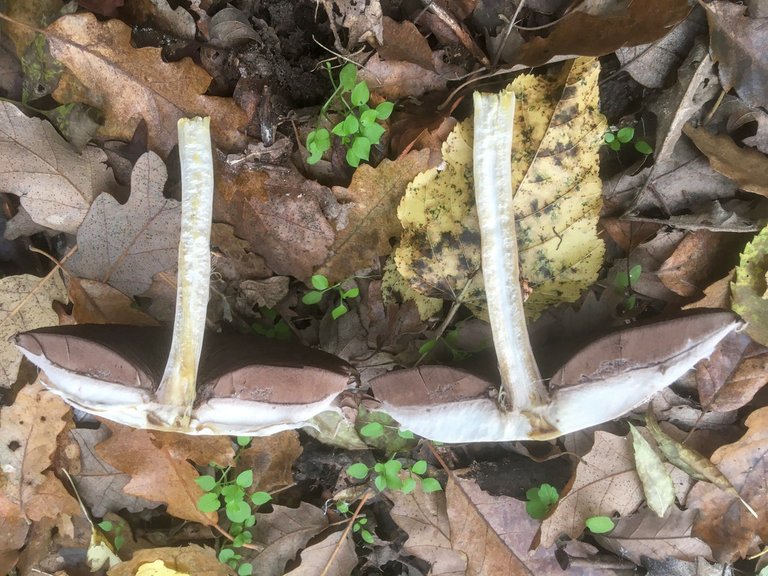After a long time without posting, I'm trying to get back to it. My newest passion - the fascinating world of mushrooms.
Today I'm introducing you to a mushroom - Agaricus xanthodermus - very often confused with Agaricus campestris or Agaricus arvensis.



Agaricus xanthodermus, commonly known as the yellow-staining mushroom, is a species of fungus belonging to the genus Agaricus. It is notable for being mildly toxic and should not be consumed. Here's an overview of its characteristics:
Identification Features:
- Cap:
- Size: 5–15 cm in diameter.
- Color: White, with a smooth surface.
- Shape: Starts as convex and flattens with age.
- Staining: Yellow discoloration, particularly at the margin when bruised or cut.
- Gills:
- Color: Initially pink, turning brown with maturity as spores develop.
- Attachment: Free from the stem.
- Stem (Stipe):
- Length: 5–10 cm.
- Thickness: 1–2 cm.
- Color: White, with a ring near the top.
- Staining: Turns yellow when handled or cut, especially at the base.
- Odor:
- A distinct unpleasant smell reminiscent of phenol, carbolic soap, or ink.
- Spores:
- Color: Brown.
- Shape: Elliptical.
Habitat:
- Found in grassy areas such as meadows, lawns, and parks.
- Appears singly or in groups, often in late summer and autumn.
Toxicity:
- Causes gastrointestinal distress, including nausea, vomiting, and diarrhea, in some individuals.
- The toxic compound is phenol, responsible for the distinct odor and yellow staining.
Key Distinction:
- It resembles edible species like Agaricus campestris and Agaricus arvensis, but its yellow staining and phenolic odor set it apart.
If you're foraging mushrooms, ensure careful identification to avoid accidental ingestion of toxic species like Agaricus xanthodermus. When in doubt, consult an expert!